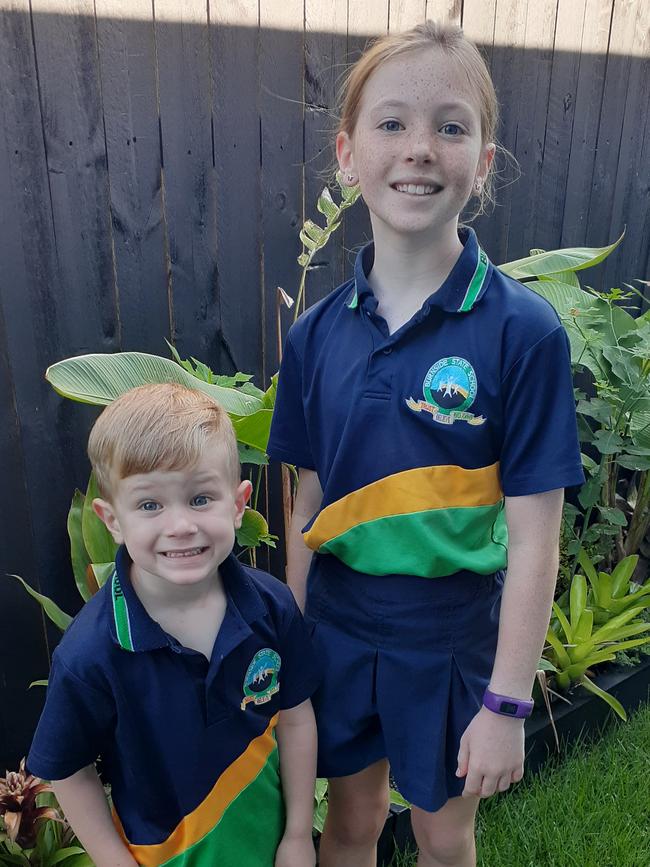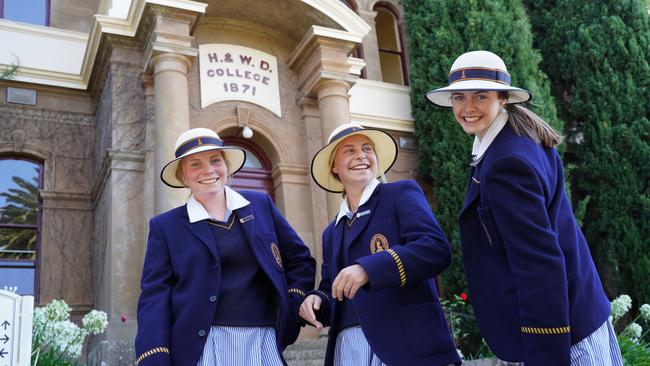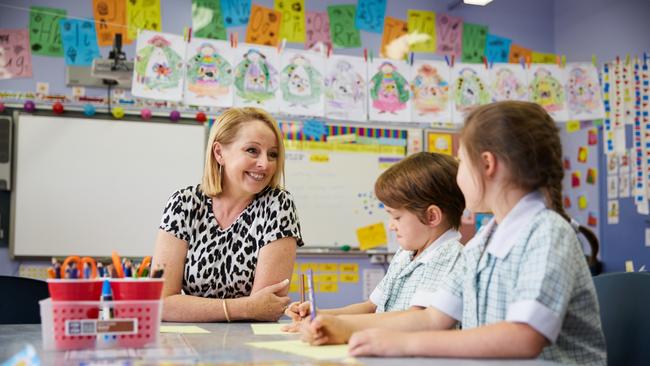School fees: Melbourne tops nation in cost of a government education
Rural families face mounting school expenses across all sectors, new data reveals. See how much it costs to educate a child in your area.
Regional and rural families are spending up to 10 times what they pay in school fees on outside tuition for their children, as the cost of education across Australia escalates.
New research released today shows families in regional and rural areas are forecast to spend more than $1000 a child this year on external tuition, while annual school fees at regional government schools sit between $104 and $313 a year.
The figures, revealed in The Futurity Investment Group’s annual Cost of Education Index, also show Melbourne is the location with the highest cost of education at government schools.
The research estimated the total cost of a government education in regional and remote areas would be most expensive in NSW, at $82,823 over 13 years for a child starting school this year, 9 per cent above the national average of $75,795 and considerably more expensive than regional Queensland ($68,597) and regional Western Australia ($70,774).
Regional and remote NSW parents are forecast to pay almost 10 times more on outside tuition ($1017) than school fees ($104) this year, with musical instruments ($1880) electronic devices ($1368), transport ($389) and school camps ($375) also adding to the total cost of a government education.
The data underlines how much extra families are investing to enrich or prop up their children’s learning after two years affected by Covid.

Queensland parent Simon Cross lives at Nambour, a rural town in Queensland’s Sunshine Coast hinterland, and has two children, Jasmyn in year 5 and Flynn in Prep, who attend a local government primary school.
He said there were lots of expenses that he was “not privy to at the beginning of the year”, and quickly mounted throughout the year.
“We were slightly caught off guard by the amount of requests that were coming back from the school for fees for excursions, for buses, transportation costs,” Mr Cross said.
“You want your kid to do all of the things they can possibly do. And most parents are saying no problem.
“But if you get two or three in a row in a month, and there is a school carnival and a music event, it can quickly add up.”

Futurity Investment Group executive Kate Hill said the total cost of education had risen at nearly double the rate of inflation over the past decade.
“More than ever, the costs associated with education are placing more of a burden on Australian families, who are already stretched by the spiralling cost of living and rising interest rates,” she said.
Rural families considering sending their students to Melbourne for school face some of the highest costs in the nation.
Educating a child at a government school in Victoria’s capital starting this year costs $102,807 over 13 years, which is 17.5 per cent above the national average.
An independent education in Melbourne runs a steep $307,508 over 13 years, which is beat only by Sydney’s independent school average cost of $357,931.
In comparison, a government education in regional Victoria costs $75,217 over 13 years, on par with the national regional average, and an independent education costs $208,057.

Ms Hill said increased competition for places at regional schools due to recent city-to-country migration, and the hefty costs of educating students in Melbourne, would add additional pressure to regional household budgets.
“The changing nature of that work and home balance undoubtedly will mean changes for regional and rural schooling,” she said.
She said the big spend on outside tuition was also an additional burden.
“In our state, we’ve had children sort of go without a lot of opportunities over the past couple of years,” she said. “I think parents have looked to provide other ways of being able to help their children learn.
“This is one of the things that struck me (about the findings), is just how high those auxiliary costs are as a per cent of educational costs in regional areas.”




